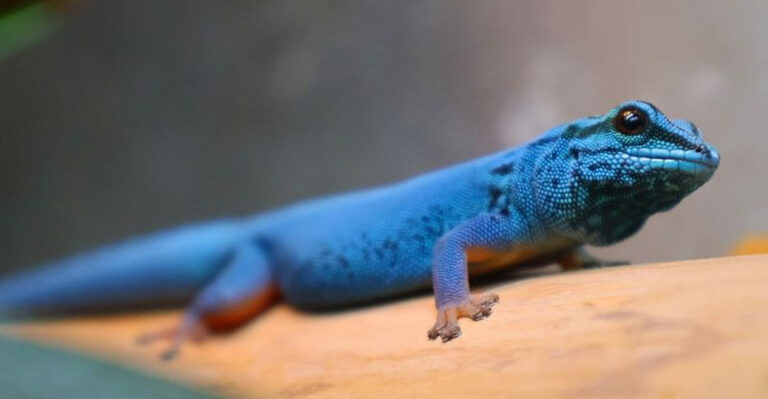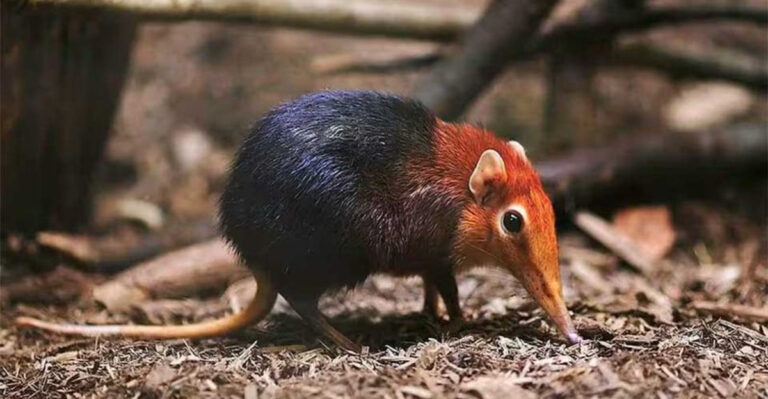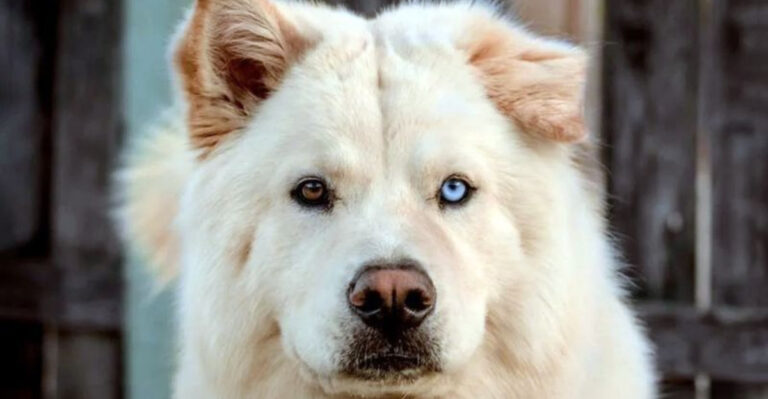15 Ways American Shorthairs Differ From Domestic Shorthairs
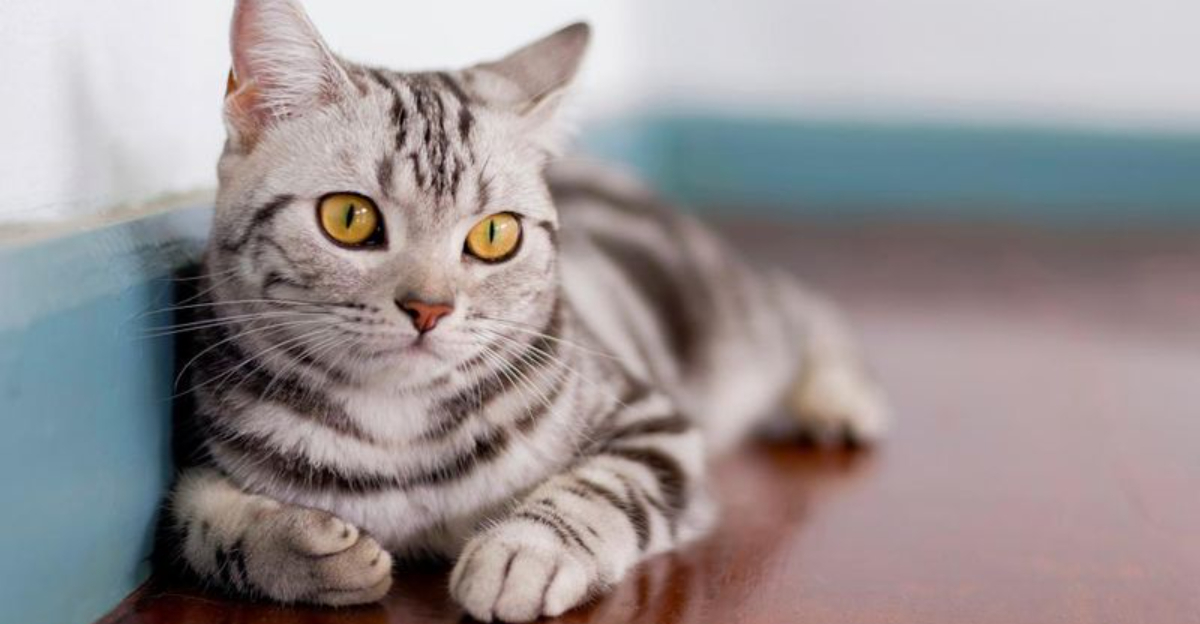
Cat lovers often confuse American Shorthairs with regular Domestic Shorthairs, but they’re actually quite different!
American Shorthairs are a specific purebred cat with a documented lineage, while Domestic Shorthairs are the mixed-breed kitties most people have at home. Understanding these differences helps when choosing the perfect feline friend for your family.
1. Fancy Family Tree Vs. Mystery Mix
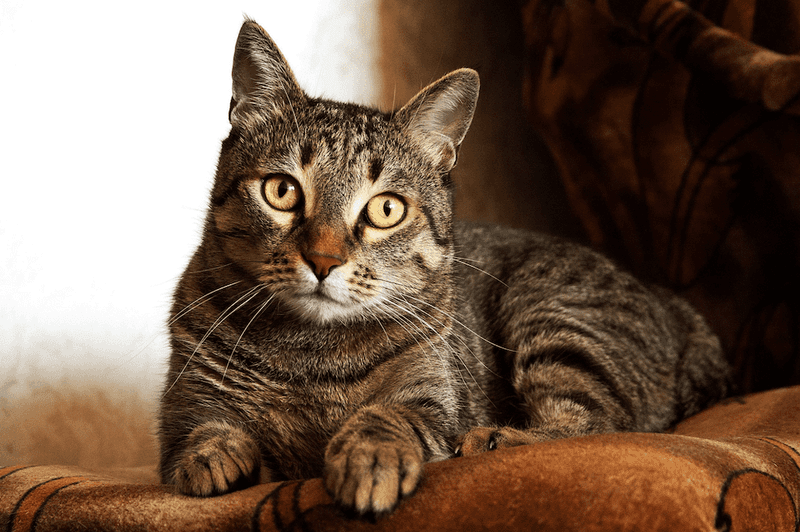
American Shorthairs boast a pedigree you could frame on your wall! Their family history gets tracked through generations, with papers to prove their purebred status.
Domestic Shorthairs? They’re the feline version of a surprise party – you never quite know what genetic gifts they’re bringing to the table!
2. Body Type Tells A Tale
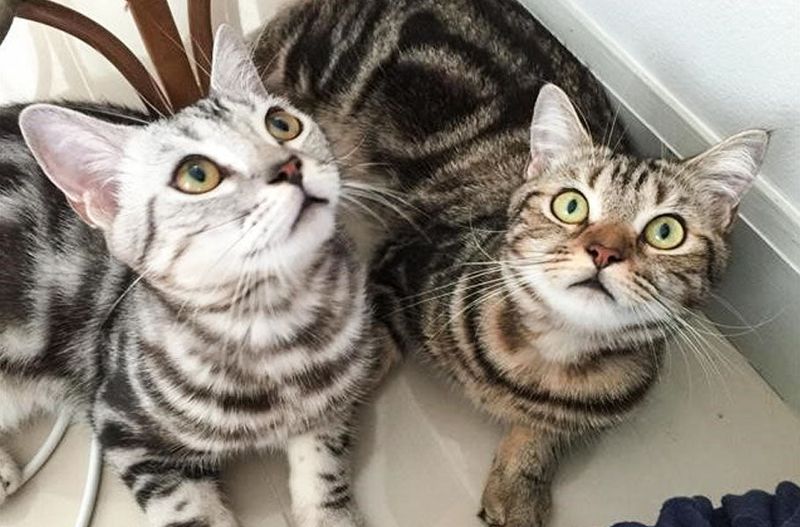
Built like little tanks, American Shorthairs rock muscular bodies with broad chests and powerful shoulders. Their sturdy frame hints at their working-cat heritage.
Domestic Shorthairs come in all shapes and sizes – some lanky as teenagers, others round as beach balls. Their body type lottery depends entirely on their mixed ancestry.
3. Price Tag Shock
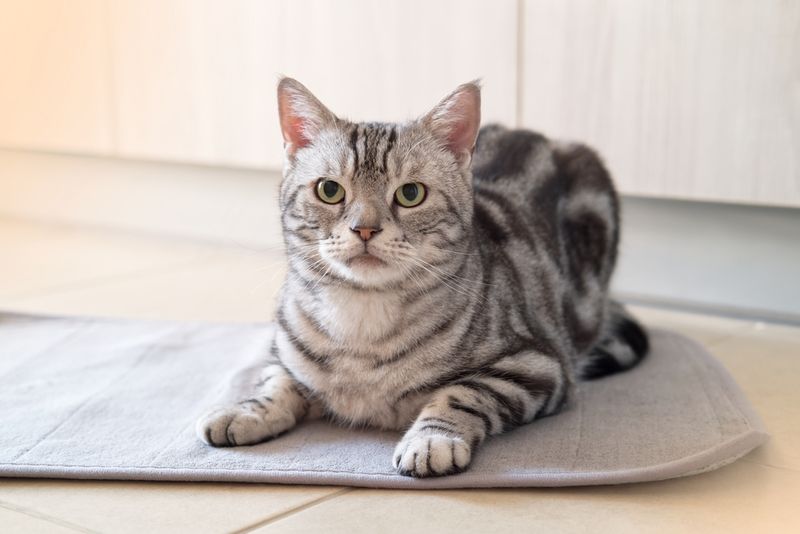
Ready for sticker shock? Purebred American Shorthairs from reputable breeders command anywhere from $500 to $2,000, depending on lineage and show potential.
Meanwhile, their Domestic cousins often find homes for adoption fees under $100 at shelters. Some lucky folks even get their mixed kitties for free from a neighbor’s surprise litter!
4. Face Shape Giveaway
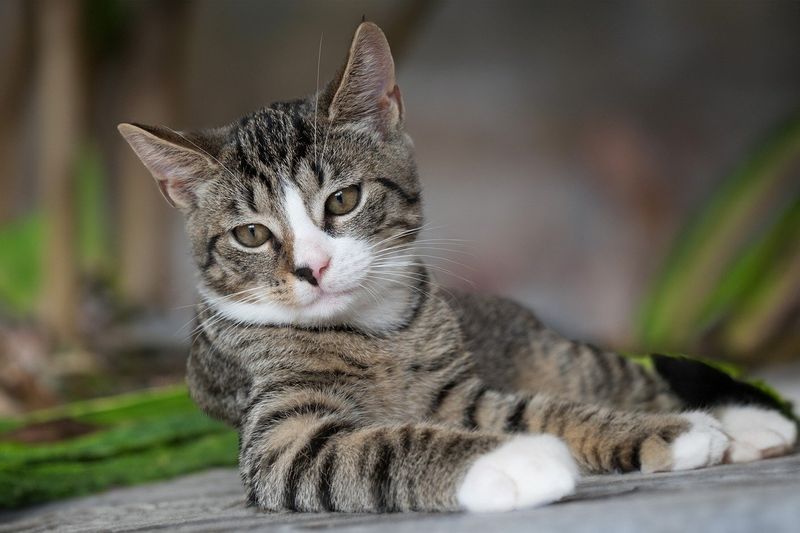
Ever notice that perfect circle? American Shorthairs sport distinctly round faces with full cheeks that give them that classic apple-head appearance cat fanciers adore.
Domestic Shorthairs might have angular faces, triangular mugs, or anything in between. Their facial structure is a genetic grab bag that makes each one uniquely adorable.
5. Consistent Personality Traits
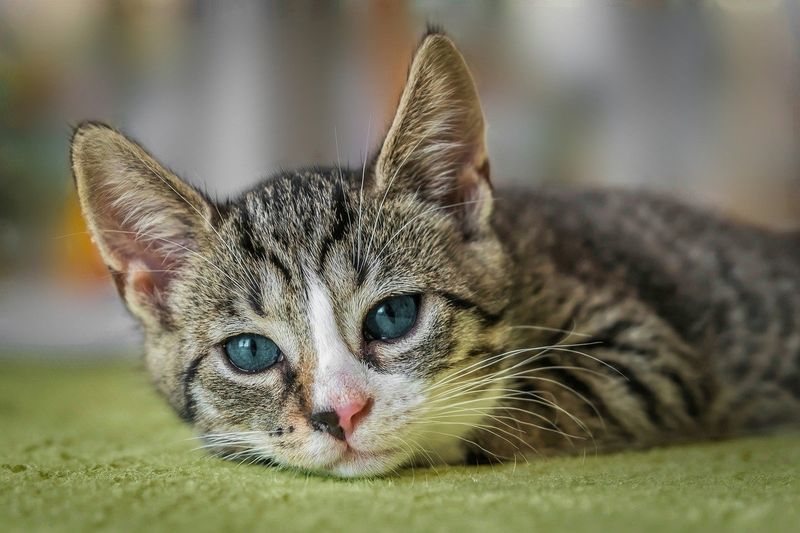
American Shorthairs are known for their consistent, friendly, and even-tempered personalities. Generations of careful breeding have ensured they maintain a balanced mix of playfulness and affection.
Domestic Shorthairs, on the other hand, are a wild card. Some are affectionate lap cats, others fiercely independent, and a few are pure chaos in a fur coat.
6. Coat Pattern Consistency
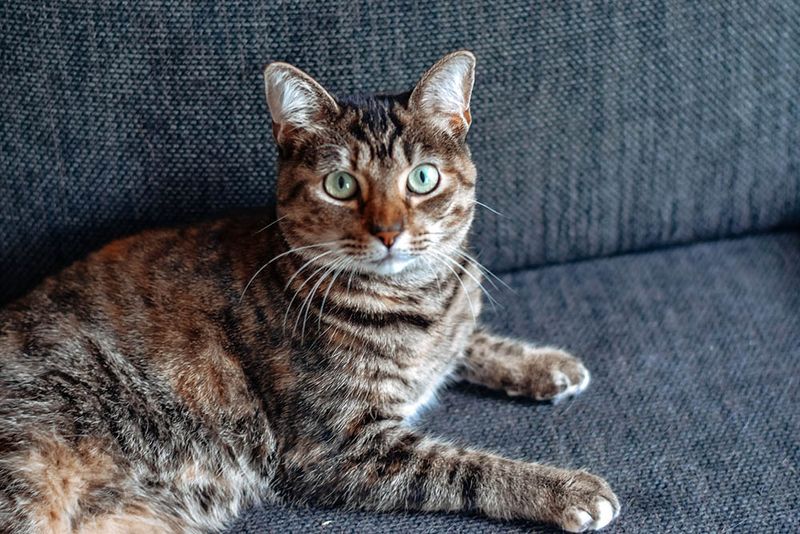
Domestic Shorthairs are the fashion wildcards of the cat world, flaunting any coat pattern nature can dream up – from calico confetti to sharp tuxedo styles. American Shorthairs, on the other hand, follow a carefully defined style guide.
While the silver tabby is their iconic look, they actually come in over 80 recognized colors and patterns. Each variation is precisely defined in breed standards, celebrating their structured beauty.
7. Size Predictability
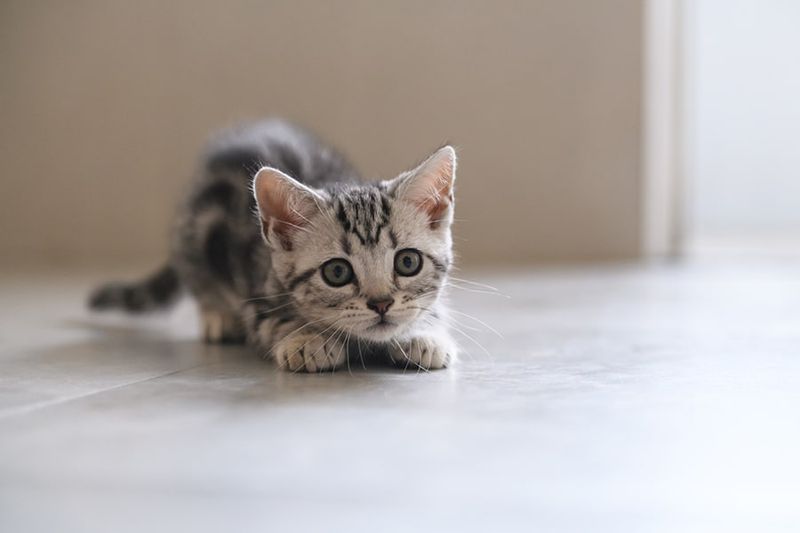
Shopping for cat furniture? American Shorthairs follow the breed standard blueprint – males typically weigh 11-15 pounds, females 8-12 pounds. Their growth pattern is as predictable as sunrise.
Domestic Shorthairs keep you guessing! That adorable kitten might grow into a petite 7-pounder or surprise you with a hefty 18-pound frame.
8. Health Screening Differences
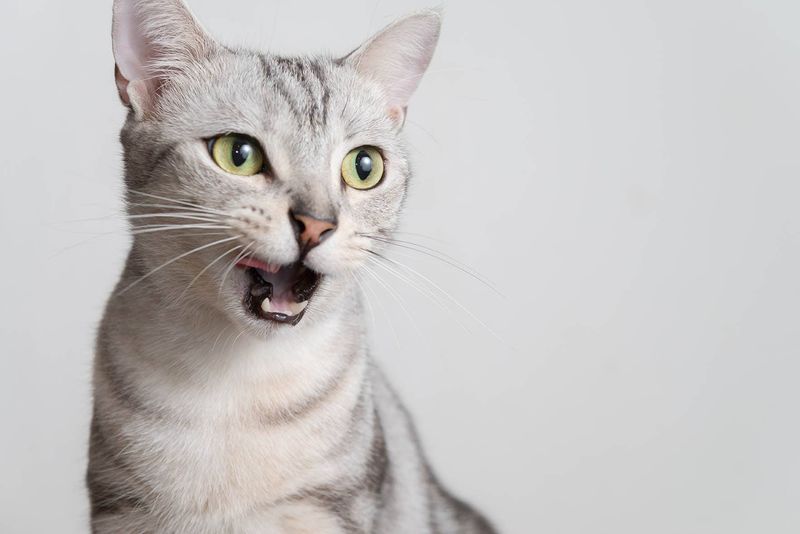
Health screening is a priority for responsible breeders of American Shorthairs, who test for conditions like hypertrophic cardiomyopathy and progressive retinal atrophy. These proactive measures lead to healthier, more predictable kittens.
Genetic diversity can offer some natural resilience for Domestic Shorthairs, but their specific health histories often remain a mystery. Without a history of health screening, their well-being can be a roll of the dice.
9. Historical Working Background
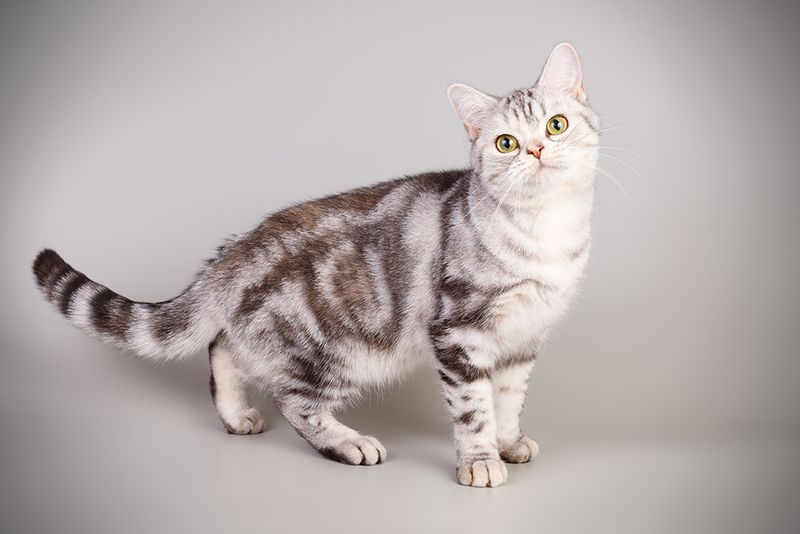
Sailing the high seas! American Shorthairs descended from European cats brought to North America on ships to hunt rodents. These working-class heroes protected grain stores and prevented disease spread.
Domestic Shorthairs claim mixed heritage from countless cat populations worldwide. Their ancestors might have been pampered pets, feral survivors, or anything in between.
10. Show Ring Eligibility
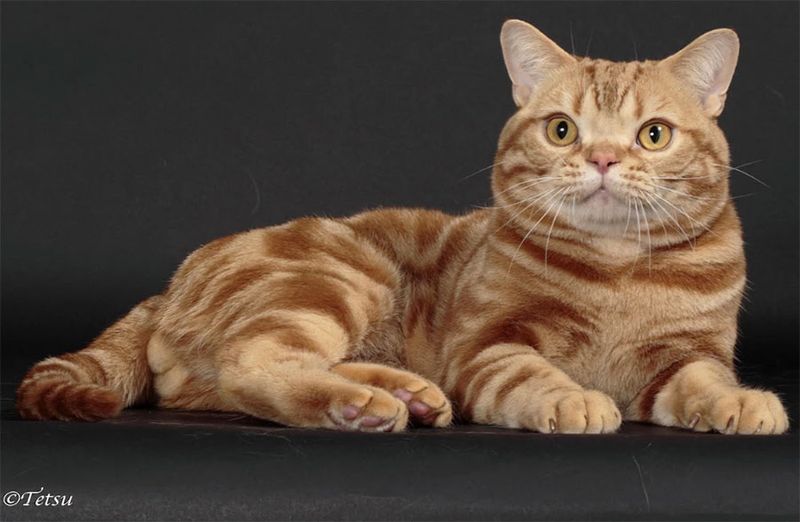
Strike a pose! American Shorthairs strut their stuff in championship cat shows worldwide, competing for titles and ribbons based on how closely they match the breed standard.
Domestic Shorthairs can’t compete in purebred categories but might shine in household pet classes where personality and condition matter more than pedigree. These everyday superstars charm judges with unique qualities!
11. Lifespan Expectations
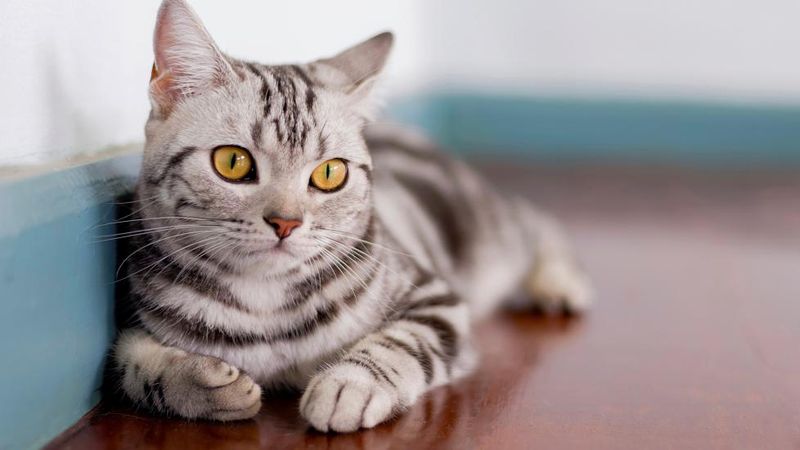
Lifespan is where careful breeding shines, with American Shorthairs typically living 15-20 years. This longevity is a result of breeders selecting for health and weeding out genetic issues.
Domestic Shorthairs, with their hybrid vigor, generally enjoy 12-18 years. Some lucky mixed-breed cats even reach their twenties, especially when raised indoors with proper care.
12. Grooming Needs Similarity
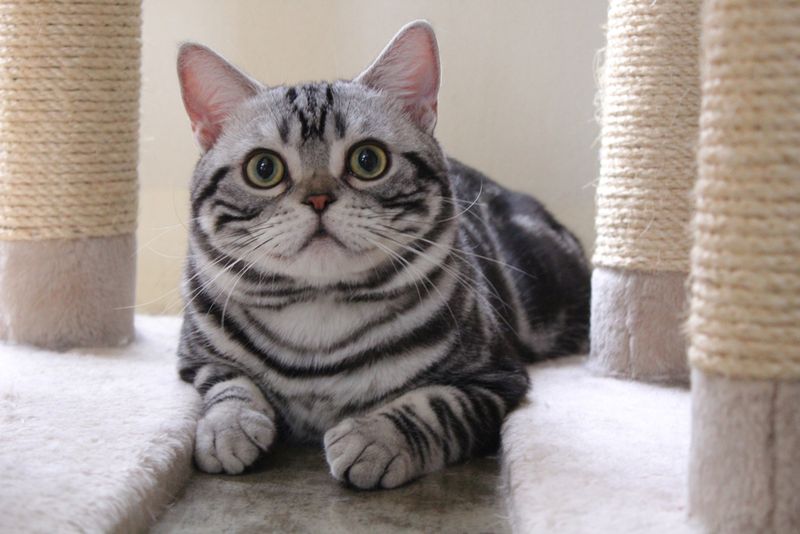
Finally, something in common! Both American and Domestic Shorthairs sport low-maintenance coats requiring minimal grooming. Weekly brushing keeps both types looking sharp.
The difference? American Shorthairs have more consistent coat density and texture across the breed. Their domestic cousins might surprise you with anything from silky-fine to plush-dense fur.
13. Activity Level Predictability
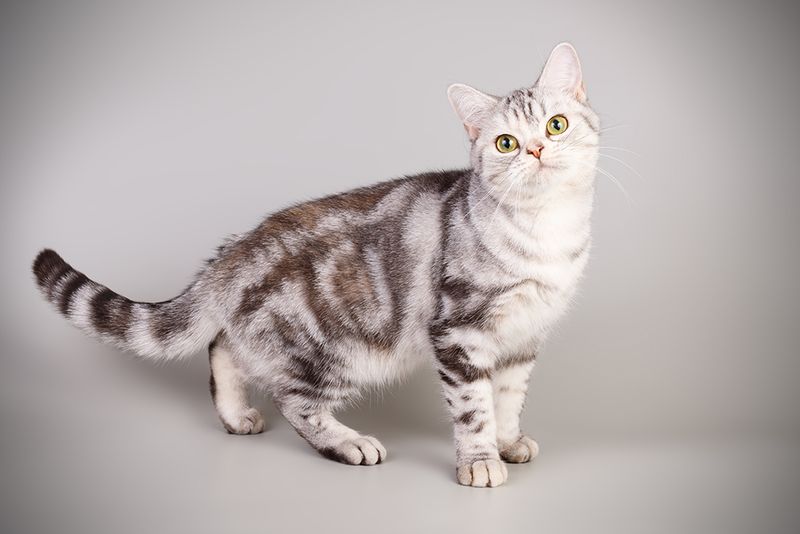
Goldilocks would approve! American Shorthairs maintain medium energy levels throughout life – not too hyper, not too lazy. Their playfulness comes with an off-switch.
Domestic Shorthairs might be marathon runners or professional nappers. Their energy lottery depends on which breeds contributed to their genetic makeup, creating everything from zooming speedsters to contented couch potatoes.
14. Breeding Restrictions
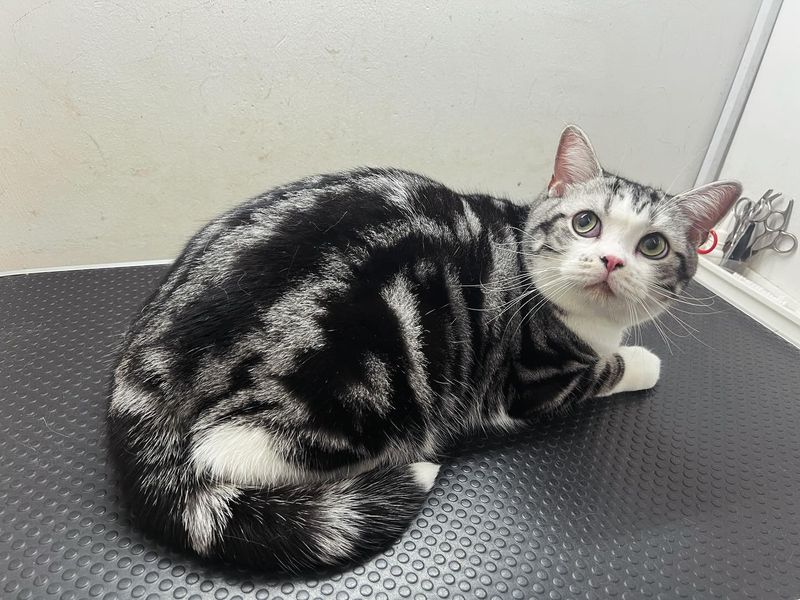
Registered American Shorthairs often come with breeding contracts that set clear limitations. Full breeding rights are usually reserved for cats that meet strict quality standards.
In contrast, Domestic Shorthairs have no formal breeding restrictions. With their diverse genetics, selective breeding programs are impractical, making spaying and neutering the responsible choice for pet owners.
15. Recognition And Registration
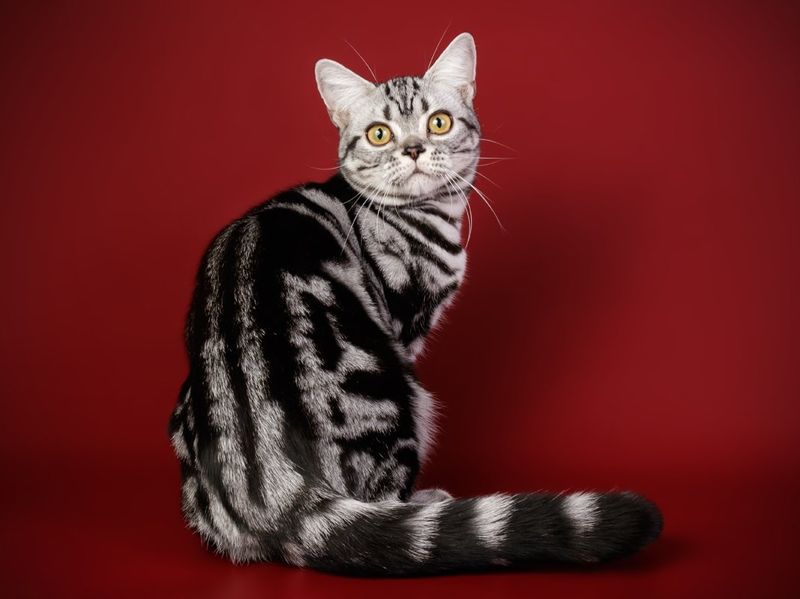
Official recognition is a badge of honor, with American Shorthair breeders proudly registering their kittens through major organizations like CFA, TICA, and FIFE. These credentials ensure that breed standards are maintained and celebrated worldwide.
Without formal registration options, Domestic Shorthairs are simply classified as domestic cats. Even without papers, their loving families wouldn’t trade their unregistered companions for anything.



